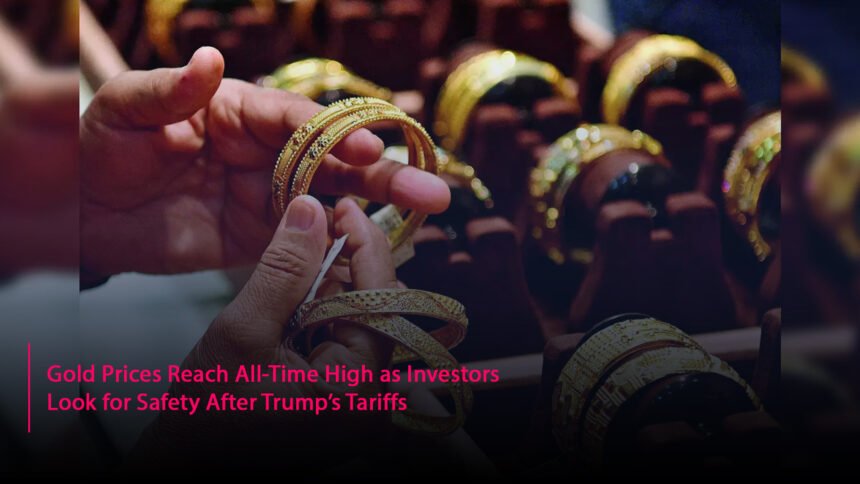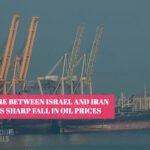Gold prices have recently surged to unprecedented heights, reaching a record high as investors flock to the precious metal amid rising concerns over tariffs imposed by former President Donald Trump. This situation has led many to seek safety in gold, traditionally viewed as a secure asset during times of economic uncertainty.
In early February 2025, spot gold prices rose by 0.6%, reaching $2,816.53 per ounce, after briefly hitting an all-time peak of $2,818.58. Meanwhile, U.S. gold futures also increased, climbing 0.7% to $2,855.90 per ounce. The catalyst for this dramatic rise can be traced back to Trump’s announcement of a 25% tariff on imports from Canada and Mexico and a 10% tariff on goods from China. These moves have heightened fears of inflation and potential slowdowns in economic growth, prompting investors to turn to gold as a haven.

Market analysts highlight that the implications of these tariffs could lead to increased inflation and a stagnating economy due to higher costs associated with imported goods. Phillip Streible, chief market strategist at Blue Line Futures, noted that many believe the tariffs could contribute to a stagflationary environment—characterized by stagnant economic growth alongside rising prices.
Gold has historically thrived in low-interest-rate environments and during geopolitical turmoil, making it an attractive option for investors looking to hedge against uncertainty. The recent tariff threats have intensified this trend, with many analysts predicting further increases in gold prices if these tariffs become fully enacted rather than remaining mere threats.
As of February 4, 2025, the market continues to react to these developments, with gold trading at around $2,846.4 per ounce. This ongoing volatility underscores the critical role that geopolitical factors play in influencing commodity prices and investor behavior in today’s economic landscape.










